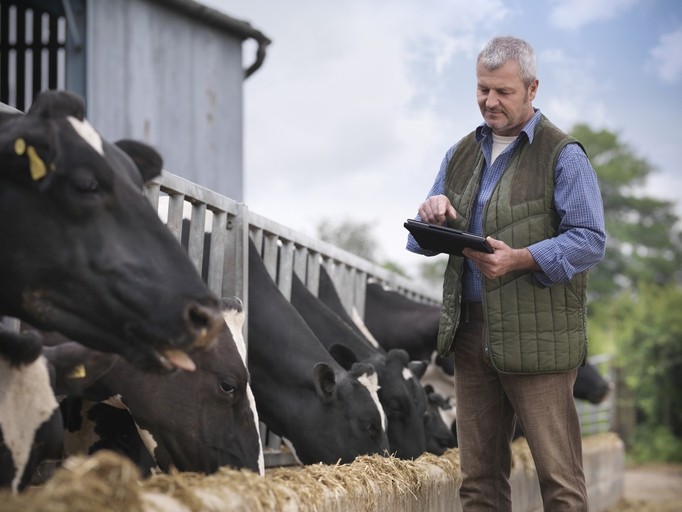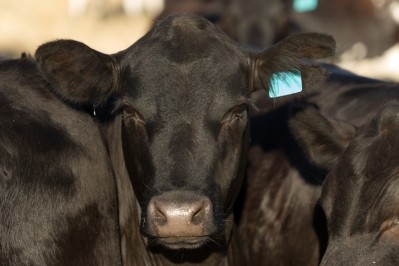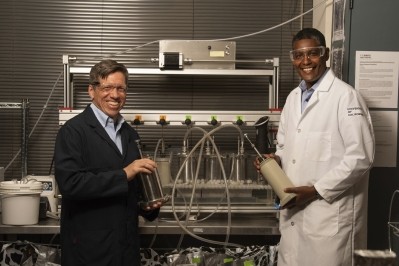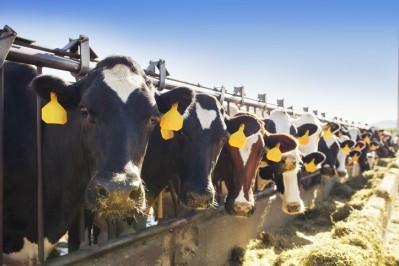Complexity of measuring and reducing emissions in the dairy industry

Despite differences in farming systems, dairy’s carbon footprint is similar between major exporting regions, with most greenhouse gas (GHG) emissions originating on the farm in the form of methane, finds a new report from Rabobank, which outlines some of the reduction strategies available including those left untapped.
On-farm emissions
At the farm level, the combined methane emissions from enteric fermentation and manure roughly account for 75% to 85% of direct on-farm emissions. The remainder is largely made up of nitrous oxide – mostly related to soil management and the storage and application of manure. “This suggests that the feasibility of successfully implementing mitigating measures in the large exporting regions is comparable, despite the differences in environment, climate, and farming practices,” said Richard Scheper, dairy industry analyst at Rabobank.
For dairy processing companies, however, this means that most of their emissions sit in scope 3 and are outside their direct control. As such, measuring and reducing these emissions can be difficult, given the complexity and number of actors in the value chain, he noted.
Scope 1, 2 and 3 emissions
As reported by the GHG Protocol, scope 1 emissions are direct emissions from owned or controlled sources; scope 2 emissions are indirect emissions from the generation of purchased energy; and scope 3 emissions are all other indirect emissions that occur in the value chain of the reporting company.
In the case of a dairy processor, scope 1 emissions would come from processing raw milk at their processing plants. Scope 2 emissions would come from the energy purchased for the processing. Upstream scope 3 emissions would include the scope 1 emissions of the dairy farms where the milk was purchased - on-farm methane emissions from the cow - and downstream scope 3 emissions would stem, for example, from the transportation and waste disposal of the milk products.
Multiple layers of complexity
However, the difficulties aren’t limited to measuring and reporting scope 3 emissions in the dairy value chain. Reduction targets vary in alignment, ambition, and scope. In practice, this means that stakeholders throughout the value chain are exposed to different targets, found the report.
“This situation creates multiple layers of complexity. Dairy companies want to set targets, as they are receiving pressure from off-takers to reduce their emissions, but the lack of alignment between national government and industry standards adds to the complexity, which could, in turn, hinder the rate of progress. In the absence of common national guidance, many individual companies have set their own requirements and targets.”
GHG reducing measures
The review identifies GHG reducing measures being brought forward, some of which are in the late stages of development or are being used in the dairy sector today:
Efficiency and productivity gains
Efficiency gains have been a significant factor in reducing on-farm emissions, according to Rabobank.
“Historical efficiency gains have been realized through a combination of improvements in genetics, feed efficiency and nutrition, farm practices, and animal welfare, contributing to higher milk yields and lifetime production per cow and lower replacement rates. In the Netherlands, for example, this contributed to a 35% decrease in carbon intensity per kilogram of milk between 1990 and 2019.
“As time and knowledge progresses, these efficiency gains and improvements will also contribute to future reductions in GHG emissions intensity, but to keep this progress going, a significant amount of on-farm management skills is required.”
Feed additives
Additionally, feed has been highlighted as a relevant source for considerable reduction potential. This ranges from reducing losses in the field and on the farm, to improving and maintaining the quality of feed when grown and stored, to changing feed rations for dairy cows.
Case study: Bovaer
Much research has focused on the use of feed additives and their ability to reduce methane emissions in cows, said the analysts. In recent years, several such feed additives have entered the market or reached later stages of development.
“Bovaer (3-nitrooxypropanol) is a synthetic feed additive produced by the Dutch company DSM that suppresses enzymes in the cow’s rumen so that less methane is generated, potentially reducing methane emissions from enteric fermentation in dairy cows by 30% without affecting milk productivity, based on pilots.
“Bovaer has been researched in over 50 peer-reviewed scientific studies and is already authorized and available for use in over 40 countries, including EU member states, Brazil, and Australia. The reduction potential varies depending on the farming system. [Its potential in more intensive, controlled, and (seasonal) indoor farming systems appears to be somewhat higher]."
In practice, the use of such products will raise operational expenses at the farm level, said Rabobank. Though it expects that these kind of inhibitor additives will be incorporated into compound feed in many countries.
Seaweed
Seaweed (Asparagopsis taxiformis) has shown potential to reduce methane emissions by up to 90%, according to the review.
However, scaling up aquaculture to commercially produce the seaweed can be a challenge, and the long-term effects on cows are still unknown, said the Rabobank team.
Genetics
Genetics related advances have indirectly contributed to reducing on-farm emissions via efficiency gains, but they also show potential as a lever to reduce emissions more directly by breeding cattle based on breeding values for low methane emissions.
“Indicators show that there are likely significant variations in enteric methane emissions between breeds and individual cows of similar breed within the same herd.
"Through exploiting natural genetic variation in dairy cows for methane emission traits, genetic selection plans could offer a cost-effective emissions mitigation opportunity. However, research is ongoing and looking further into the interaction between breeding objectives for environmental traits and breeding objectives for economically important traits, such as fertility and productivity.”
Manure management
Another mitigation opportunity is through manure management - storage and application - and the adoption of anaerobic digestors, which can reduce emissions from manure, said the authors.
“The digestors are used to stop gases from escaping manure lagoons and reaching the atmosphere, so they can, instead, be used for different purposes, such as fuel or renewable electricity. However, such installations in an on-farm setting are capital-intensive and are generally complex systems to operate, making their feasibility a challenge for farmers.
“Arguably, numerous measures related to manure management and storage are more (cost) effective in larger-scale and confinement farming systems.”
While levers such as efficiency and productivity gains, manure management, and feed additives, in theory, offer strong mitigation opportunities, they vary in technical reduction potential, as well as adoption rate and current commercialization, which can make it difficult to predict their overall reduction potential in the coming years, cautioned the team.
“Likely, the largest obstacle to reducing on-farm dairy emissions is not the technical potential but, rather, the feasibility of adopting mitigation practices. Some mitigation levers require little to no investment. In contrast, others have large theoretical reduction potential but also require a large upfront capital expenditure or increase operational expenditure, restricting the adoption rate.”
Removing obstacles
According to the report, steps need to be taken to increase momentum of emissions reduction in the dairy industry:
Alignment between governmental and industry targets is required to overcome layers of complexity, but, at the same time, the dairy industry must fully back the need to accelerate GHG emissions reduction. “By increasing ambitions and targets, the industry has already taken the first steps in this direction,” said Scheper.
However, to gain momentum in the adoption rates of on-farm mitigation levers, farmers also need to be incentivized by the industry, through options like carbon tokens or premiums, on top of the milk price. “If mitigation doesn’t gain momentum, the dairy industry could face the risk of government-enforced mitigation regulations that could be capital-intensive or even include herd reduction,” concluded the analyst.















